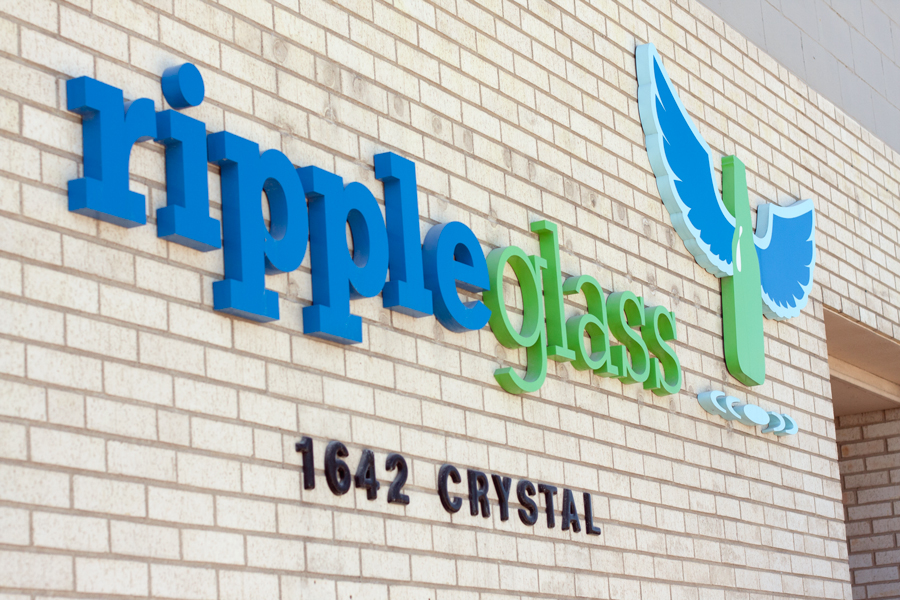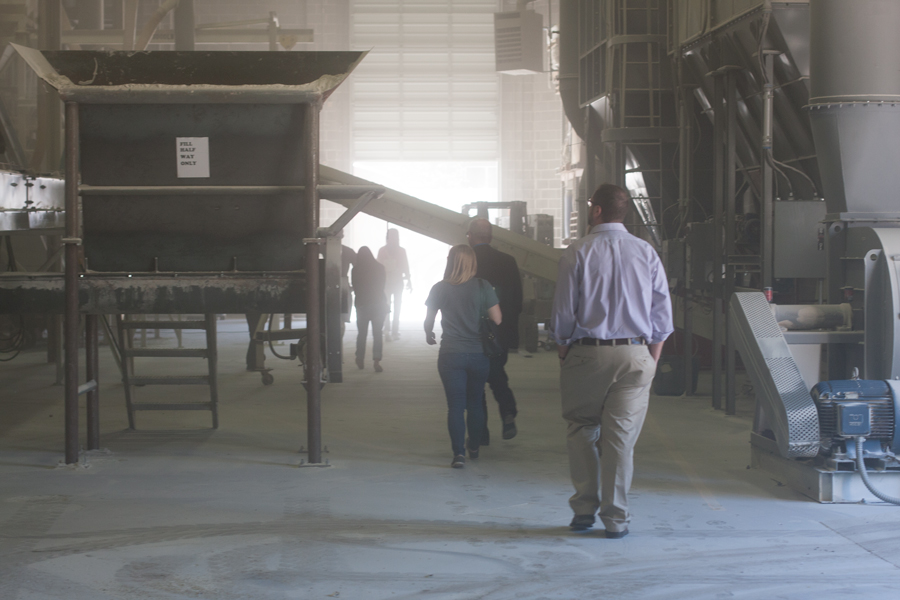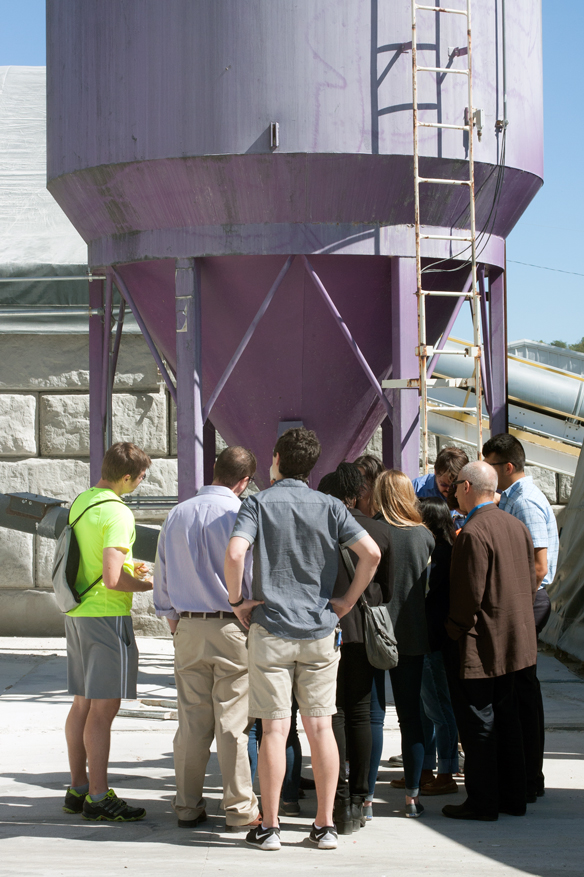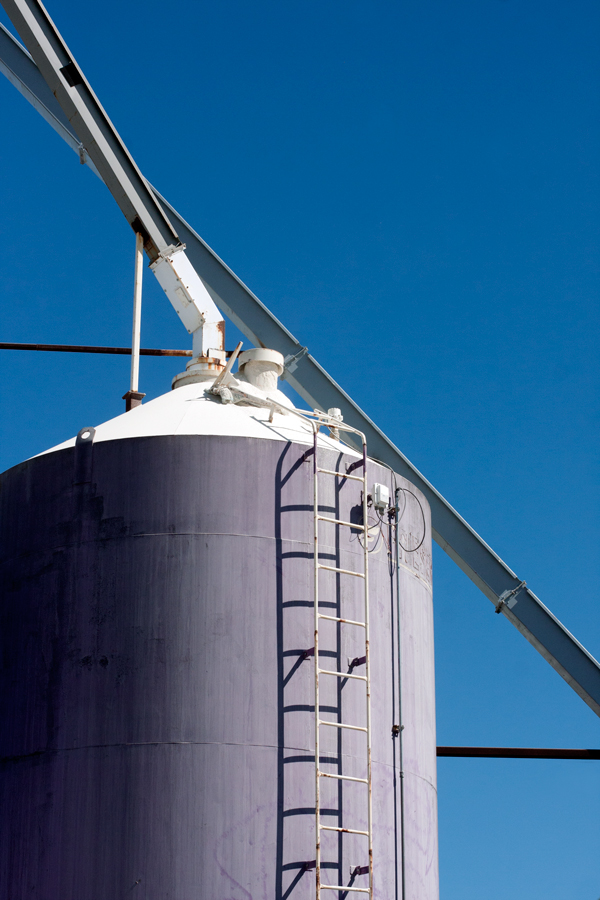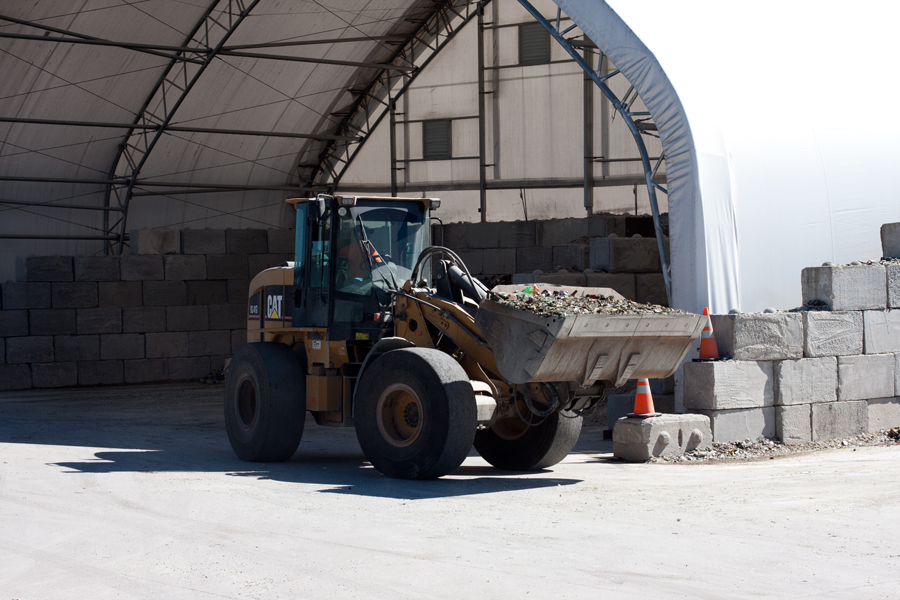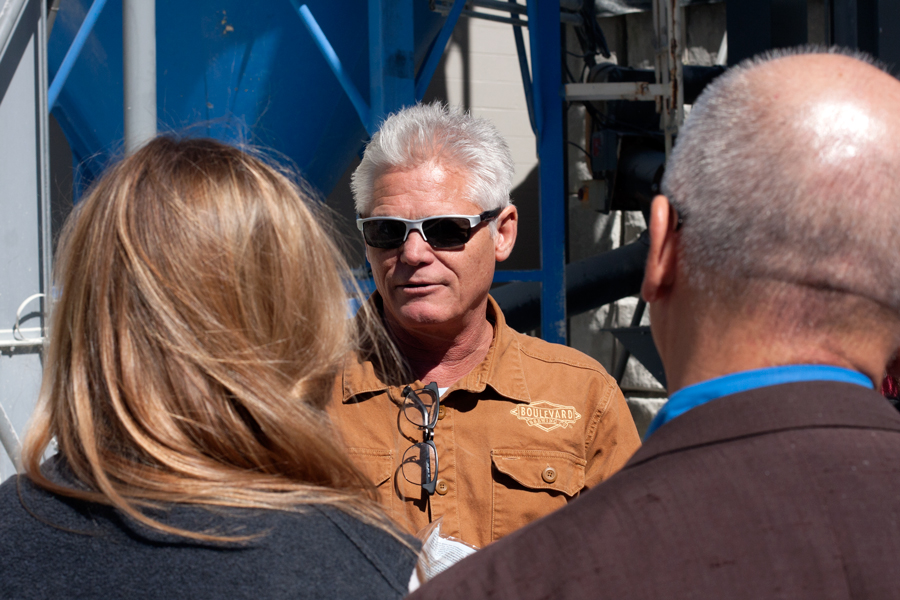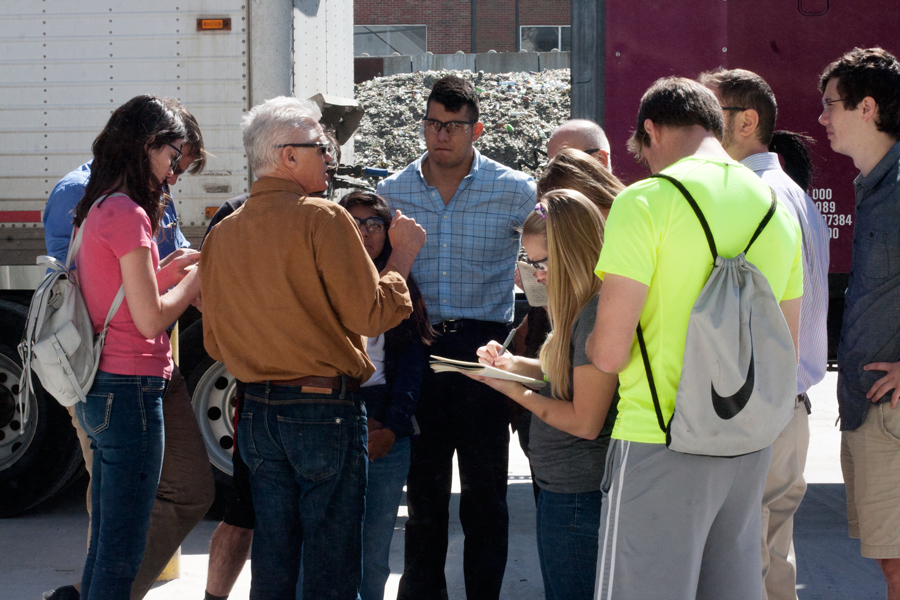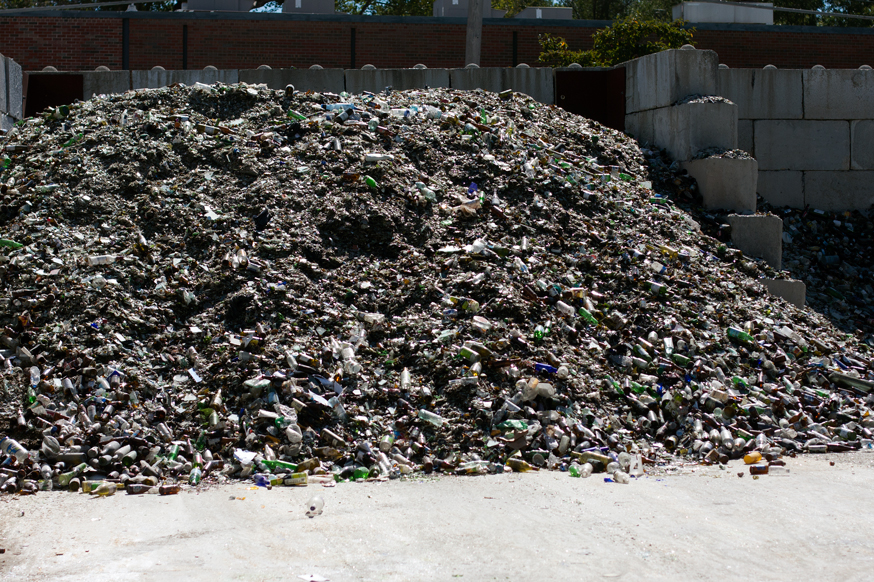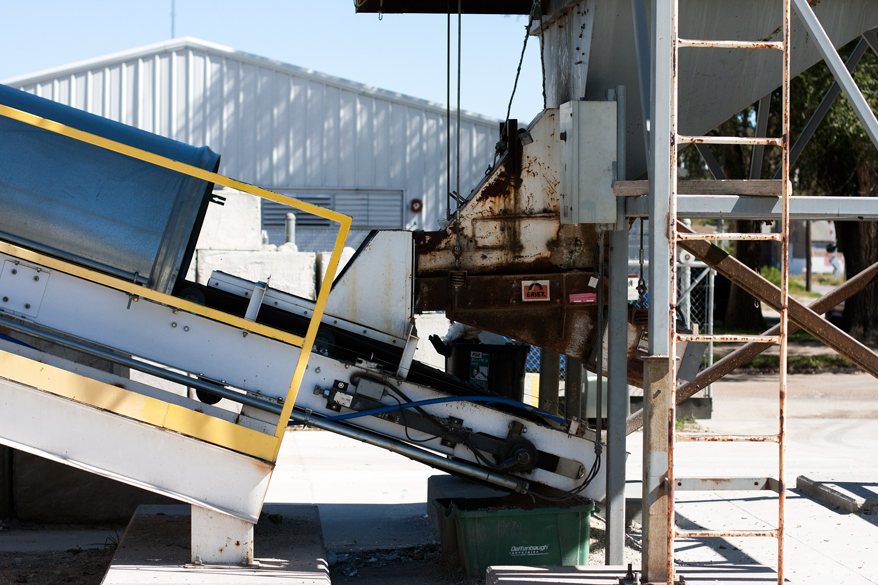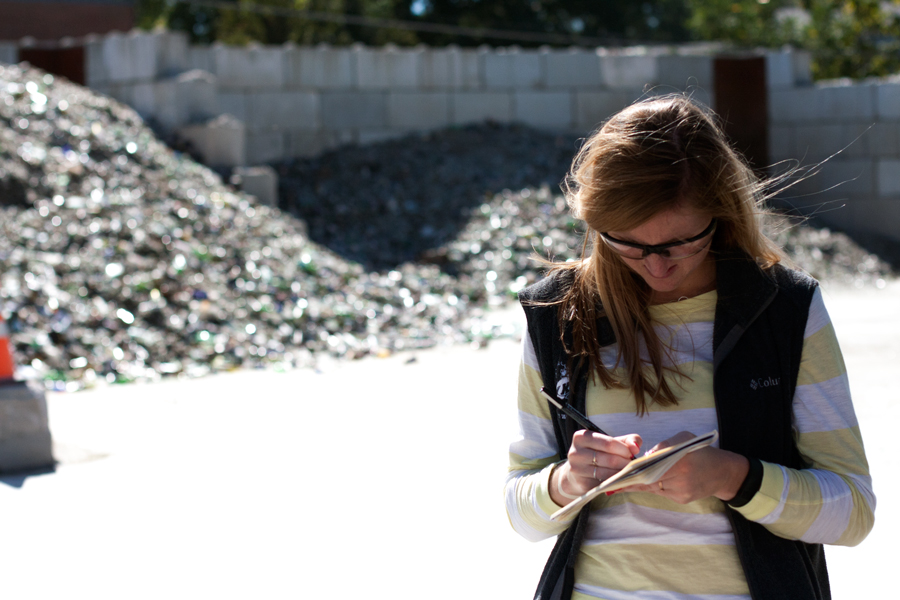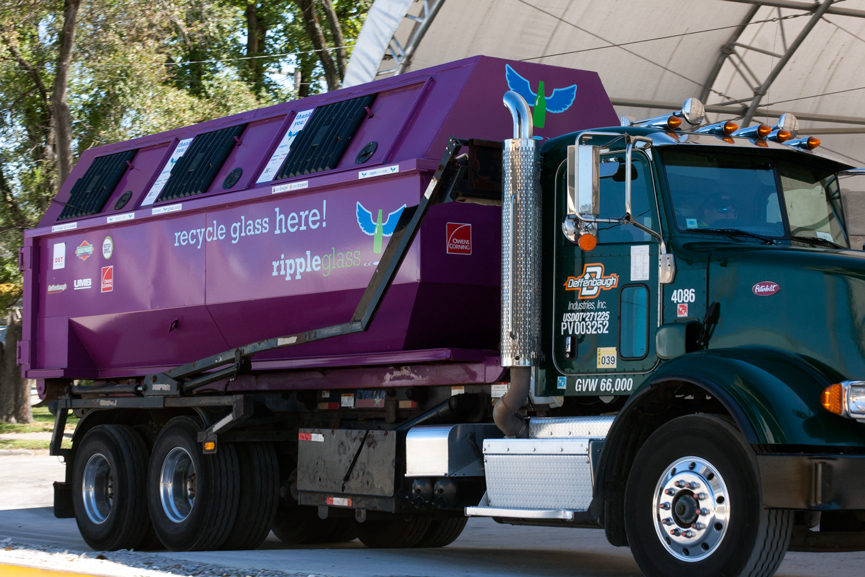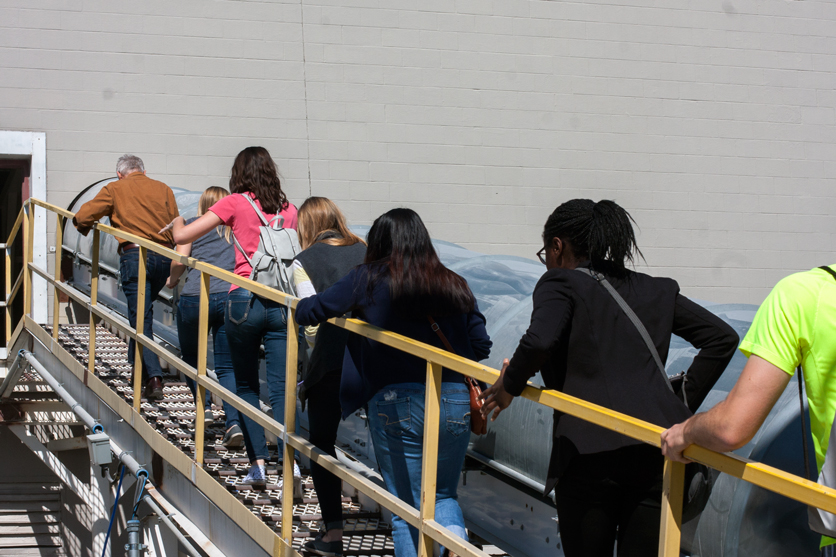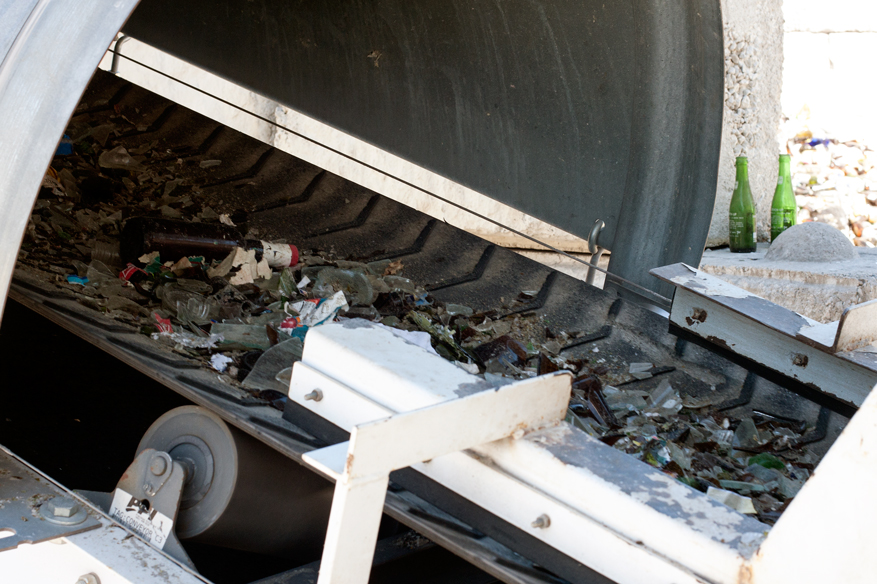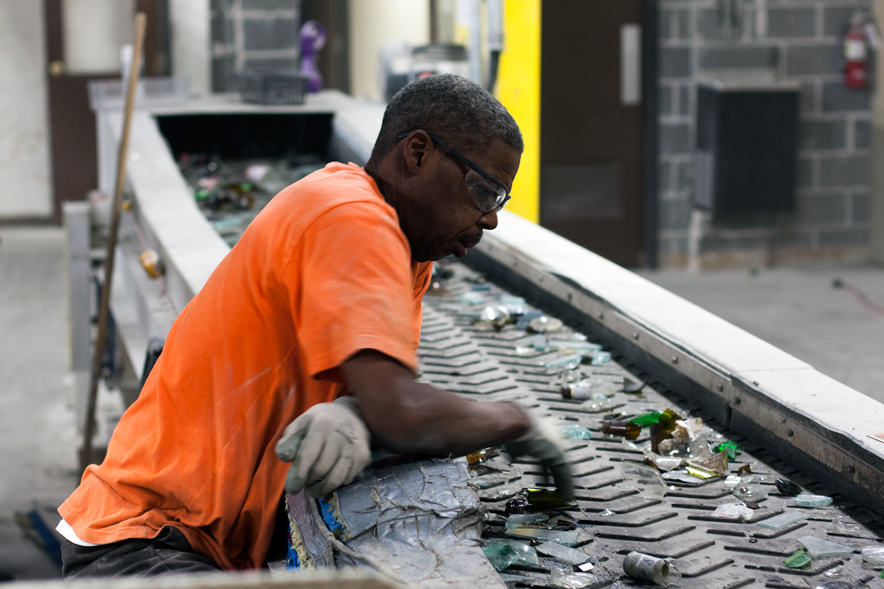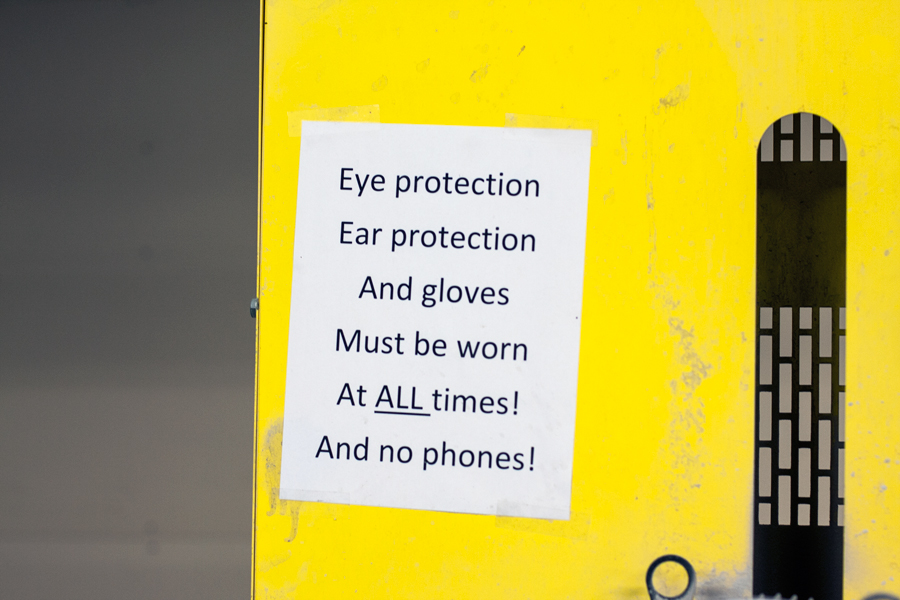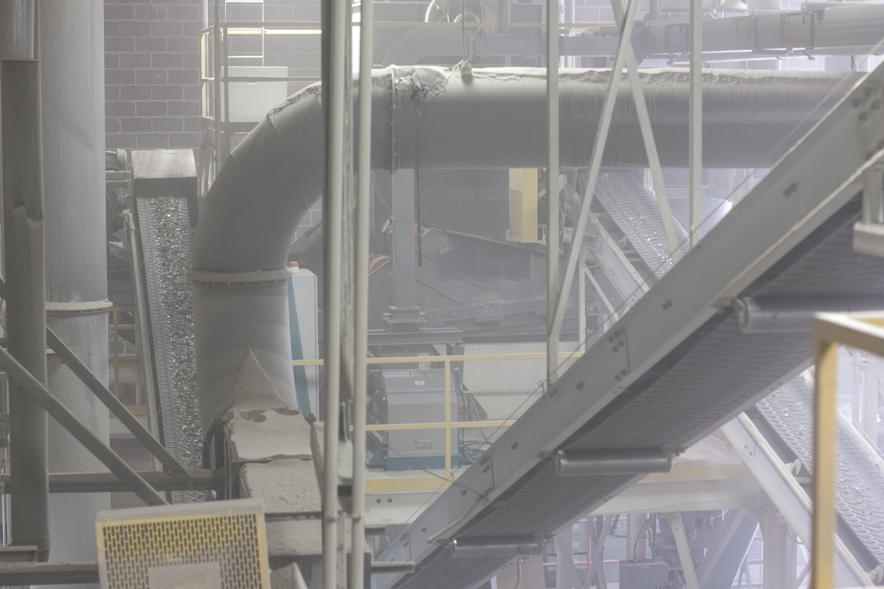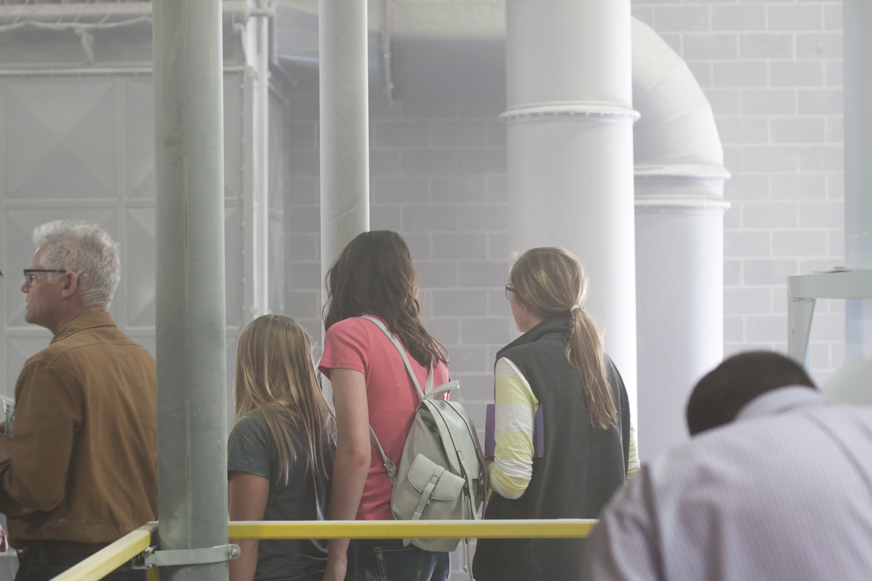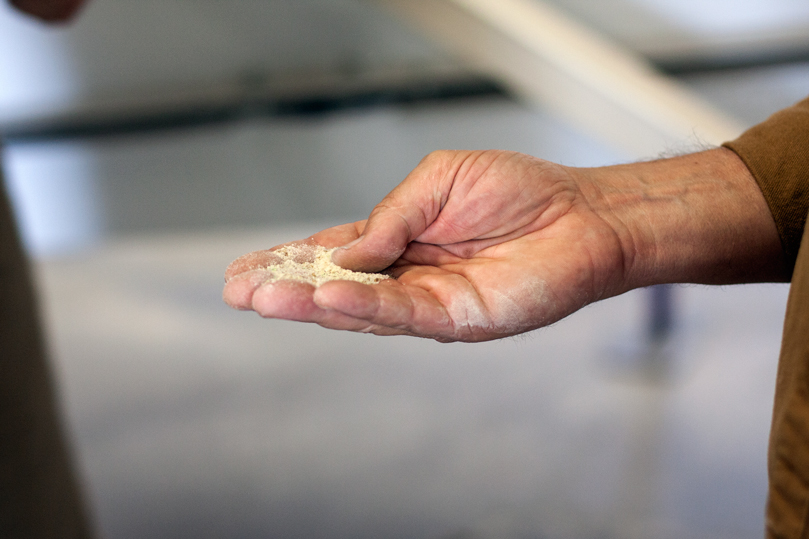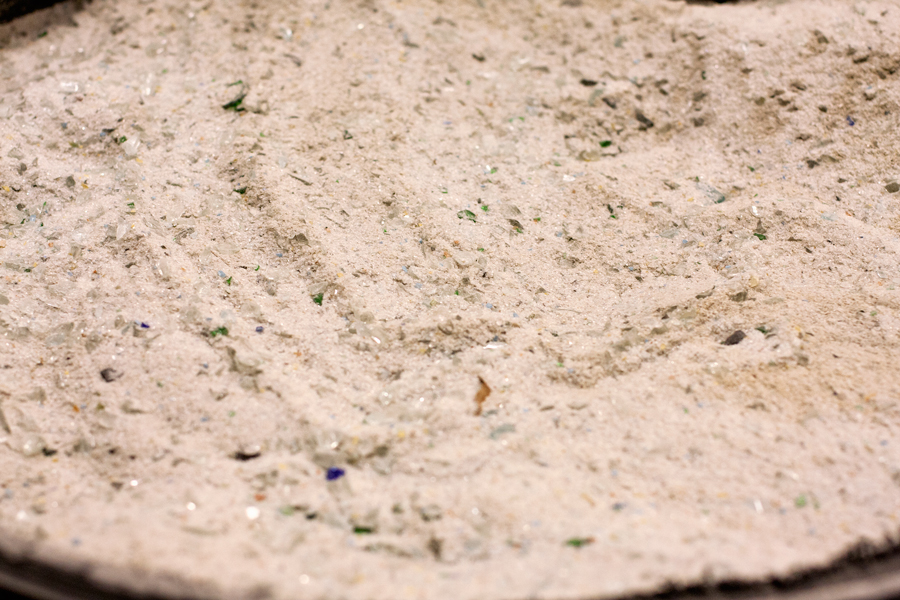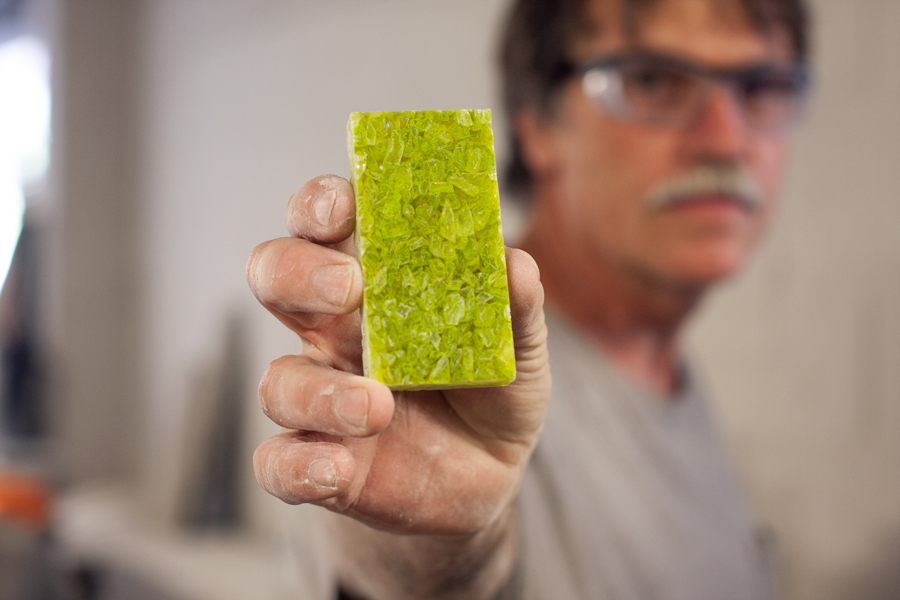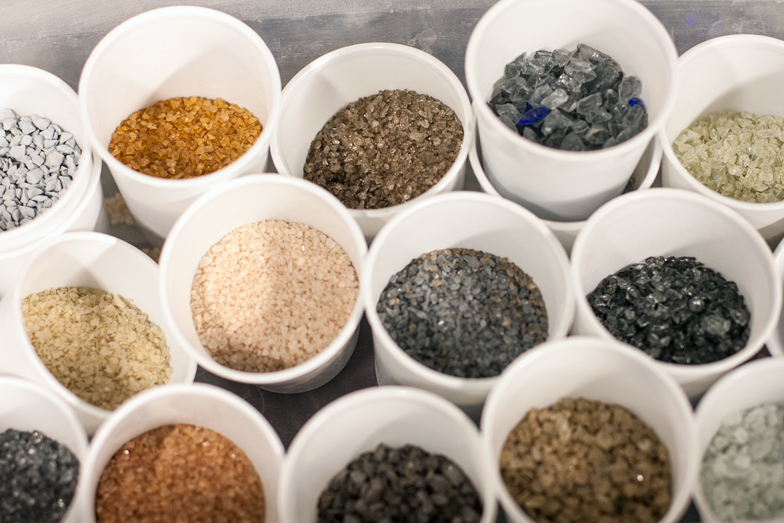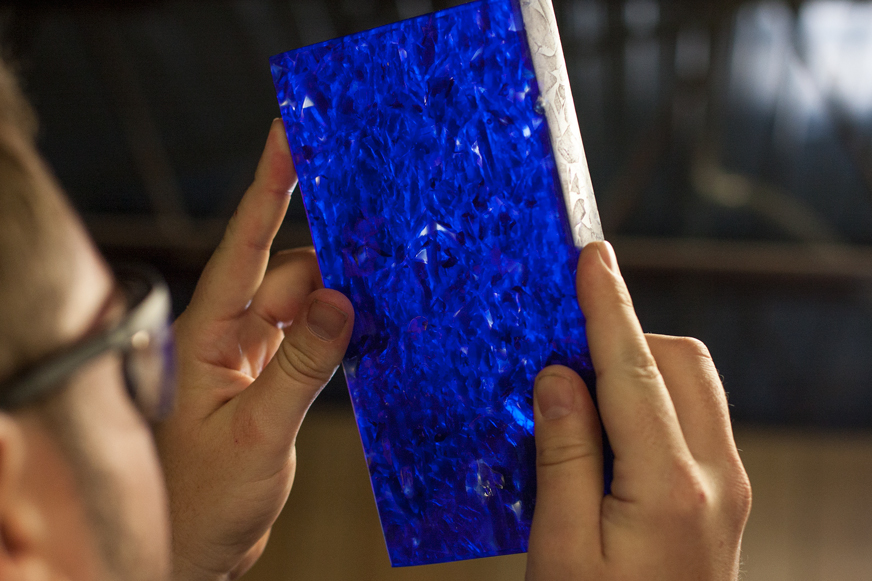The Trials and Tribulations of Composting
/During our explorations and research into the Kansas City waste system, we discovered composting. Kansas City doesn’t currently offer composting as a part of the waste disposal system. Missouri Organic has been the main stakeholder in the composting system in Kansas City and currently offers yard waste composting to residents for a small fee. They also offer food composting to businesses in the Kansas City area. While we learned that many residents have their yard waste picked up, food scrap composting is not accessible for most Kansas City residents. According to the EPA, more than half of all Municipal Solid Waste that ends up in landfills is made up of compostable materials. That means 44,000 tons of the waste sent to landfills in Kansas City last year could’ve been turned into compost to nourish the plants and trees planted around the city.
Common misconceptions about composting include that it is difficult, smells, and attracts pests; because we are trying to target multi-family and commercial buildings for more efficient recycling systems, we decided to take on the challenge and see how one would compost in a commercial setting. We got a worm composter and began to dispose of our food scraps in the trays to see how “difficult” composting could be. The composter is comprised of three trays and a lid to keep smells contained and the worms in. It also comes with instructions for set up as well as a booklet with information about which kinds of food can be composted. There is also a tap to collect the leachate (aka compost tea) which is the nutrient rich water that comes out of the compost; we'll be utilizing the leachate to water some of the plants we have here at the Kansas City Design Center.
The greatest challenge of composting has been trying to find the balance between moist and dry ingredients. Compost is created in layers of ingredients. The base layer is bare earth or mulch. That is then layered with moist ingredients, mainly food scraps, and dry ingredients like straw, leaves or even food stained paper and cardboard. The combination of the two materials keeps the compost from being too moist, which hinders the amount of oxygen available to the microorganisms, and too dry which slows down the composting process. Once the compost is established, it is then turned once a week or so in order to aerate the pile.
The KCDC composter has come with a few challenges but it is definitely not impossible. While it is certainly easier to throw food away, the repercussions on the environment are worth the extra effort. We hope this experience will help us better understand how to make recycling more convenient and exciting in Downtown Kansas City.




